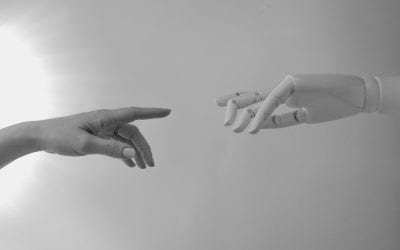Intellectual Property and Ownership
This resource was prepared by the Business Communications Lab at the Sam M. Walton College of Business View All ResourcesESL Student GuidesOverview
Students entering American academia often encounter unfamiliar rules regarding intellectual ownership. Students who intend to follow all rules of their new school may still face difficulty adapting to these new rules, and they sometimes accidentally violate these academic rules. In American academia and business, a student or professional’s work—such as original writing, research, or art—is seen as property. Specifically, we call this intellectual property. The term intellectual property, also called intellectual ownership, signifies that someone owns both their ideas and the expression of their ideas. Copying someone’s work or conclusions in your own work is a violation of integrity standards, and can lead to real punishment. You can cite another person’s work in your own, but you can never use someone another person’s words, research, or original ideas without attribution. Be careful to avoid plagiarism.
Intellectual Ownership Explored
invisible
What is intellectual property?
Why is original work required?
How can I ethically use someone else's work in my own work?
What are the consequences of violating intellectual ownership standards?
Additional Resources
Recently Created Resources
Using ChatGPT Effectively and Ethically
Chat GPT is an AI-powered bot that can generate text based on prompts from a user. Like all tools, it is only as good as its user. ChatGPT can help users generate ideas quickly, create outlines and rough drafts, polish grammar and word choice, and function much like a...
Analyzing and Responding to a Case Study
Case study assignments can feel difficult, especially if this is your first time working on one. In this article, we’re going to discuss what a case study is and some tools you can use to help your assignment feel more manageable.
Managing Your Tone with Word Choice and Sentence Length
Tone denotes the perceived attitude of the writer toward the subject and their intended audience. One of the ways you can modulate your tone is through word choice and sentence length.



